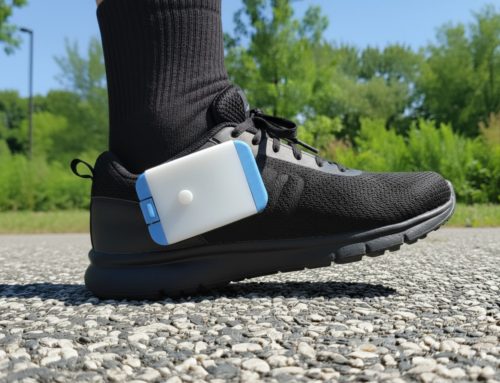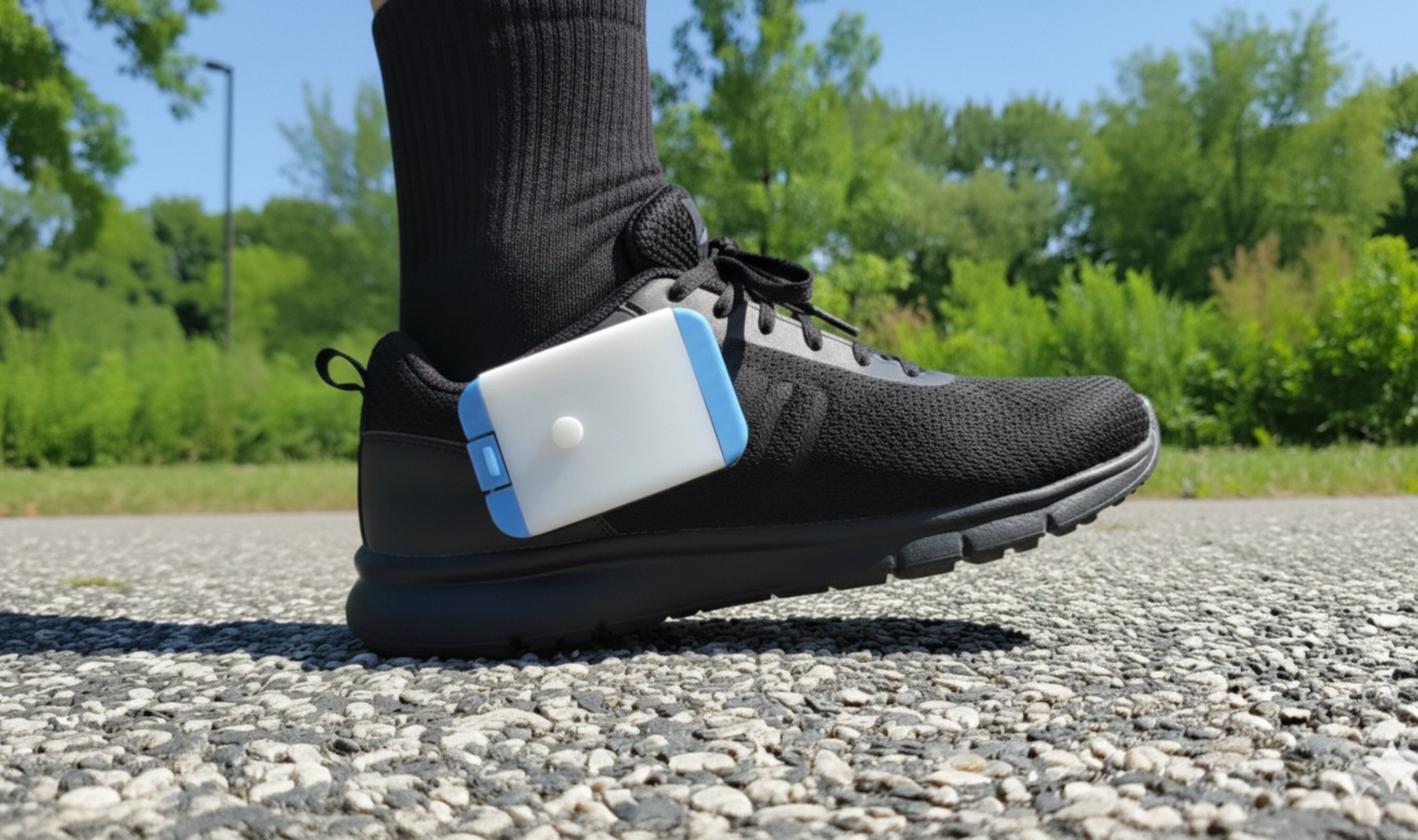In a fascinating study, researchers explored the impact of auditory feedback training on the gait of healthy young adults. The results were striking, showing that even a single training session could lead to significant improvements in how we walk.
What Did the Study Involve?
The study involved 19 young adults walking on a treadmill at a constant speed. The participants received auditory feedback to improve their gait, focusing on various kinematic measurements like step length, toe clearance, and ankle angles.
Key Findings
- Step Length: Participants increased their step length significantly. On the trained side, the step length went from 590.7 mm to 611.1 mm. The untrained side saw improvements, increasing from 591.1 mm to 628.7 mm.
- Toe Clearance: Both the trained and untrained sides showed better toe clearance, reducing the risk of tripping.
- Ankle and Hip Movement: Improved ankle dorsiflexion angles and hip flexion angular velocities were noted, contributing to a more efficient walking pattern.
- Muscle Activity: Enhanced muscle activity in the gastrocnemius (calf muscle) was observed, indicating better propulsive power during walking.
Why Does This Matter?
These improvements were not just observed on the side that received feedback but also on the untrained side. This bilateral benefit suggests that auditory feedback training could be a powerful rehabilitation and physical training tool.
How Does It Work?
The training likely enhances the activity of the Central Pattern Generator (CPG), a neural network in the central nervous system that controls rhythmic movements like walking. The auditory feedback appears to modulate this neural activity, leading to better coordination and muscle activation.
Clinical Implications
The study’s findings are particularly promising for clinical applications. For individuals with unilateral motor impairments, such as after a stroke, training the unaffected side could improve the performance of the affected side. This insight opens new avenues for rehabilitation strategies.
Future Research
While the results are encouraging, the study had limitations, such as the lack of a control group and the focus on immediate effects. Future research should explore the long-term benefits of auditory feedback training and its effectiveness across different populations and walking speeds.
Conclusion
This study highlights the potential of auditory feedback training to enhance gait performance and kinematics, offering a simple yet effective method to improve walking patterns. Whether for athletic training or rehabilitation, this approach could significantly change how we move.
Research article: https://www.mdpi.com/1424-8220/24/10/3206







Leave A Comment